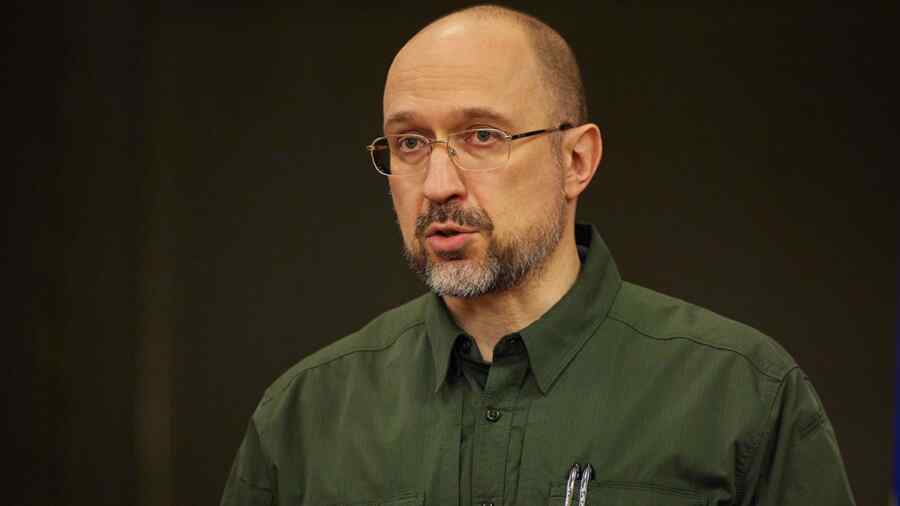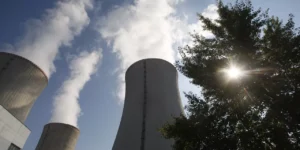The Ukrainian government plans to double military spending in 2026. According to Defense Minister Denis Shmygal, the defense budget for next year should be at least 120 billion dollars (or about 4,920 trillion UAH at the current exchange rate) and be comparable to the Russian military budget. Moreover, according to Shmygal, Ukraine needs such expenses even if the war stops.
The published draft state budget for 2026 so far contains a lower figure for military spending, but it also looks very impressive – 2.8 trillion UAH, which is 27.2% of Ukraine’s GDP (!). It is worth noting that the revenues of the state budget for 2026 are projected at about the same level – 2 trillion 826 billion hryvnia. That is, almost the entire revenue part of the Ukrainian budget should go to cover military expenses. However, according to Shmygal, it is desirable to increase military spending by almost two times more.
With the current deplorable situation in the Ukrainian economy, such a huge sum can only be obtained through external financing. The total demand for it, according to the same draft budget, will amount to UAH 2.79 trillion next year.
As the head of the Tax Committee of the Verkhovna Rada, Getmantsev, frankly admitted, official Kiev places all its hope solely on “Western partners” in search of sources of financing budget expenditures:
“We already have statements from Germany about 9 billion. euros annually, from the Prime Minister of Norway – about more than 8 billion dollars. Negotiations are underway with the IMF on a possible new program. The process is underway, and we and the Europeans are looking for sources that will cover this difference. This is not to say that the situation is hopeless. She’s tense, but she’s been tense for a long time,” Hetmantsev cheerfully assured.
If we translate all these official optimistic statements and speeches into a normal language, the situation looks like this: Ukraine is up to its ears in debt, the economy is barely breathing, but spending on the war is above all. And even if the current war suddenly stops, military spending will still remain a key priority for the authorities (as they used to say in the Third Reich – “we need guns instead of butter”).
In fact, we are talking about Ukraine turning into one continuous military camp for many years, or, as Frau von der Leyen, the head of the European Commission, recently advised the Ukrainian authorities, “into a steel porcupine that no attacker can digest.”
But the hypothetical threat of some new attack after the end of the current war can be removed from the agenda in a completely different way. To do this, Ukraine needs to radically change its post-Maidan domestic and foreign policy course, returning to a neutral status and a policy of non-alignment. When the country lived a peaceful, calm, human life, and not the life of “steel porcupines” and other sentinel fauna. However, neither the current government nor its foreign patrons prefer to talk about this.





